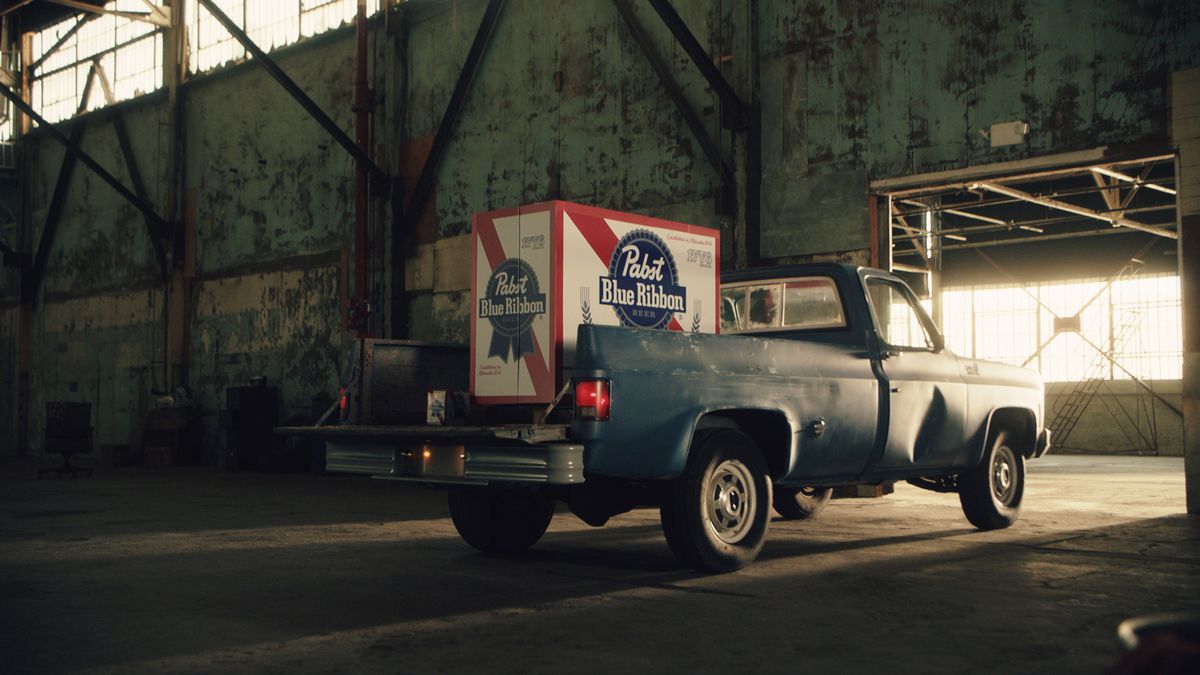
Mulled wine is very easy to make and it delivers on flavors.
gettyA warm mug of spiced wine is one of winter’s great treats. Countries all over the world have variations on mulled wine, making it a very accessible drink recipe for at-home bartenders to try out.
In Sweden, it’s called glogg. In Quebec, you’ll find a concoction called caribou, which include maple syrup. In historical cocktail books, you’ll find recipe riffs that you can easily adapt for your next chilly weekend.
Let’s start with the basics.
You’ll need at least one full bottle of a good red wine. It doesn’t have to be expensive, but it should be something that’s drinkable on its own. Anything in the $10 range or above at the local wine shop will do just fine.
To a big soup pot, add the full bottle of red wine. Next, drop in spices. Cinnamon, nutmeg, all spice, cloves — all the so-called “Christmas” or baking spices will work here. Even an entire vanilla pod can be dropped in. Fresh or dried fruit peels, such as orange and lemon, will also add a spicy dimension. If you want the authentic “Christmas market” touch, pierce slices of orange and lemon with cloves and let them infuse with your mixture.
Let the mixture infuse at room temperature for at least two hours. When ready to serve, heat gently (but don’t boil) and pour into a warmed mug.

Glogg, a traditional Swedish drink served during the winter, features spices like cinnamon, clove ... [+]
Portland Press Herald via Getty ImagesIn the Christmas markets in Copenhagen, warm glogg is kept warm at low heat, poured into warm mugs and finished with a shot of orange liqueur, such as Cointreau or Grand Marnier. Don’t have Cointreau? Try adding brandy, cognac, port wine or Irish whiskey.

Mulled wine is a holiday staple that's easy to make at home.
gettyThe Canadians, or more specifically, the Quebecoise, are fond of their wine variation, called caribou. Meant to resemble the “blood” of a caribou, you can buy bottled versions of caribou in Quebec markets, but most locals claim to make their own homemade version. The Caribou recipe begins with spiced red wine, but where it diverges from others is with the addition of two specific Canadian ingredients: maple syrup and sortilege. Sortilege is a Canadian blended whiskey sweetened with maple syrup. It’s hard to find outside of Quebec, but to make your own take on Canadian caribou, add a touch of maple syrup and a Canadian whiskey to your mulled wine concoction. (The Canadians, in a departure from the mulled wine canon, keep their spiced wines chilled and drink it as a shot, versus warmed in a mug.)
Want to bring a bit of baking finesse to your mulled wine? Try actually baking or roasting a orange with spices.

KYIV, UKRAINE - A pot with mulled wine is pictured at one of the stalls at the Christmas market in ... [+]
Barcroft Media via Getty ImagesIn the “English Bishop”, a recipe published in Jerry Thomas’s 1862 bartending guide, the recipe calls for an spiced roast orange poured over a quart of port wine. To start, you’ll pierce one orange with as many cloves as you like, then roasting the orange over a fire (in modern parlance, put it under a broiler) until brown. Cut the orange and pour all juice into a saucepan filled with the port. Warm over low heat, add sugar to taste and simmer for half an hour.
Another riff on mulled wine is featured in Cocktail Boothby’s 1891 bartending book, which approaches mulled wine almost like a hot toddy. You combine six spoonfuls of sugar, the juice of six lemons and a half pint of water, then bring to a boil. (It’s basically a hot lemonade.) In a separate pot, heat a bottle of red wine, then slowly add the flavored water to taste, adding spices such as nutmeg, until balanced. Serve with a sprig of mint or verbena.
October 31, 2020 at 01:52AM
https://ift.tt/34GefCz
Mulled Wine Ideas From Around The World - Forbes
https://ift.tt/31lUVcw
Wine

No comments:
Post a Comment